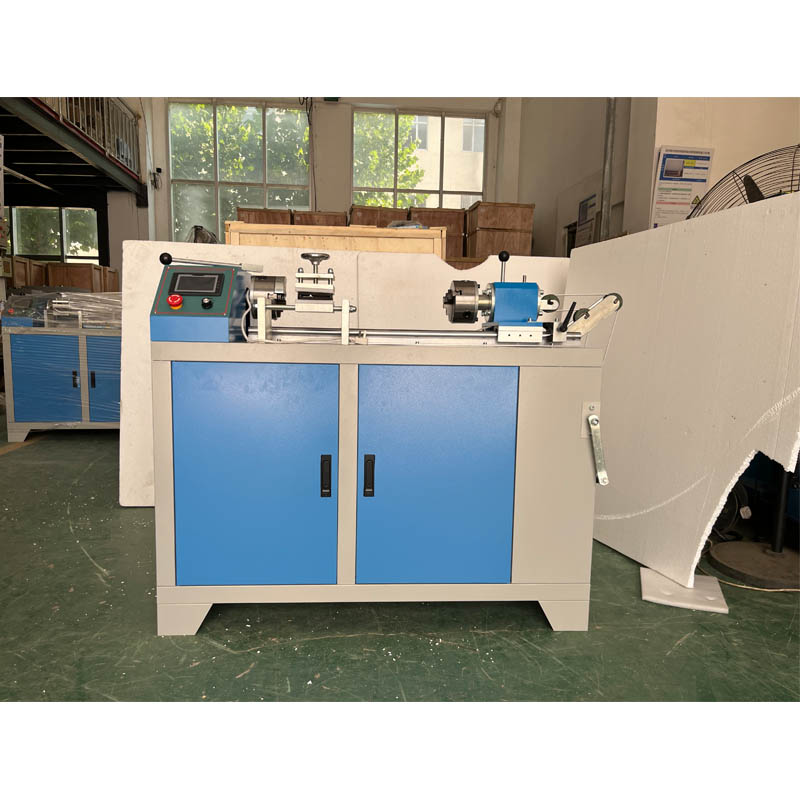cable repeated bending tester
Cable Repeated Bending Tester Ensuring Durability and Performance
As our reliance on electrical devices continues to grow, so does the importance of ensuring that the cables connecting these devices are robust and reliable. A critical component in this quality assurance process is the cable repeated bending tester. This specialized apparatus is designed to simulate the repetitive bending and flexing that cables undergo in everyday use, thereby helping manufacturers determine the durability and performance of their products.
Understanding the Importance of Cable Testing
Cables are integral to electrical systems, connecting various components and facilitating the flow of electricity. However, bending, twisting, and flexing can result in wear and tear, leading to potential failure. Often, failures can occur due to fatigue, where small abnormal wear accumulates over time, eventually leading to a break or malfunction. To preempt these issues, manufacturers employ cable repeated bending testers which replicate these stress conditions in a controlled environment.
The Functionality of Cable Repeated Bending Testers
A cable repeated bending tester typically consists of a series of fixtures designed to hold the cable securely while it is repeatedly bent at a defined angle and radius
. The setup can vary, with some testers providing automated systems for continuous testing over extended periods. The main parameters usually include the bend radius, angle of bending, speed of operation, and the amount of force applied.The process starts with the cable being fixed at one end while the other end is subjected to repeated bending movements. This simulates real-world scenarios where cables may be pulled, stretched, or twisted during regular use. The capacity to adjust bending angles and speeds allows for versatile testing, catering to different types of cables, including power cords, data cables, and even specialty cables used in specific industries.
Key Benefits of Using a Cable Repeated Bending Tester
cable repeated bending tester

1. Quality Assurance The foremost benefit of using a cable repeated bending tester is that it ensures the quality and reliability of cables. By identifying weak points and potential failure modes early in the manufacturing process, companies can make necessary adjustments to enhance product durability before they reach consumers.
2. Compliance with Standards Many industries have established testing standards that cables must meet to ensure safety and performance. The cable repeated bending tester helps manufacturers adhere to these regulations, facilitating compliance and minimizing liability risks.
3. Cost Efficiency While it may seem like an upfront investment, cable testing can save manufacturers significant amounts of money in the long run. By catching defects early, manufacturers can reduce returns, warranty claims, and the associated costs of replacing faulty products.
4. Improved Product Development The data gathered from repeated bending tests can provide valuable insights into how different materials or design changes impact cable performance. This knowledge can lead to innovations in cable technology, creating better products that meet consumer demands.
5. Customer Satisfaction Ultimately, the goal of any manufacturer is to provide high-quality products that satisfy customer needs. Effective testing ensures that customers receive reliable cables that endure the rigors of daily use, fostering trust and loyalty.
Conclusion
In a world increasingly dependent on technology, the quality and reliability of cables are paramount. The cable repeated bending tester plays an essential role in ensuring that cables can withstand the rigors of daily use while maintaining performance. By incorporating rigorous testing processes, manufacturers can enhance product quality, comply with industry standards, reduce costs, and ultimately improve customer satisfaction. As technology continues to evolve, so will the testing methods, paving the way for even more resilient and effective cable solutions.
-
Why the Conductor Resistance Constant Temperature Measurement Machine Redefines Precision
NewsJun.20,2025
-
Reliable Testing Starts Here: Why the High Insulation Resistance Measuring Instrument Is a Must-Have
NewsJun.20,2025
-
Flexible Cable Flexing Test Equipment: The Precision Standard for Cable Durability and Performance Testing
NewsJun.20,2025
-
Digital Measurement Projector: Precision Visualization for Modern Manufacturing
NewsJun.20,2025
-
Computer Control Electronic Tensile Tester: Precision and Power for the Modern Metal Industry
NewsJun.20,2025
-
Cable Spark Tester: Your Ultimate Insulation Assurance for Wire and Cable Testing
NewsJun.20,2025
 Copyright © 2025 Hebei Fangyuan Instrument & Equipment Co.,Ltd. All Rights Reserved. Sitemap | Privacy Policy
Copyright © 2025 Hebei Fangyuan Instrument & Equipment Co.,Ltd. All Rights Reserved. Sitemap | Privacy Policy
